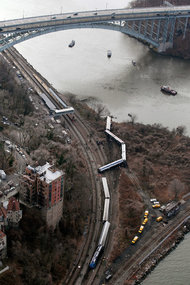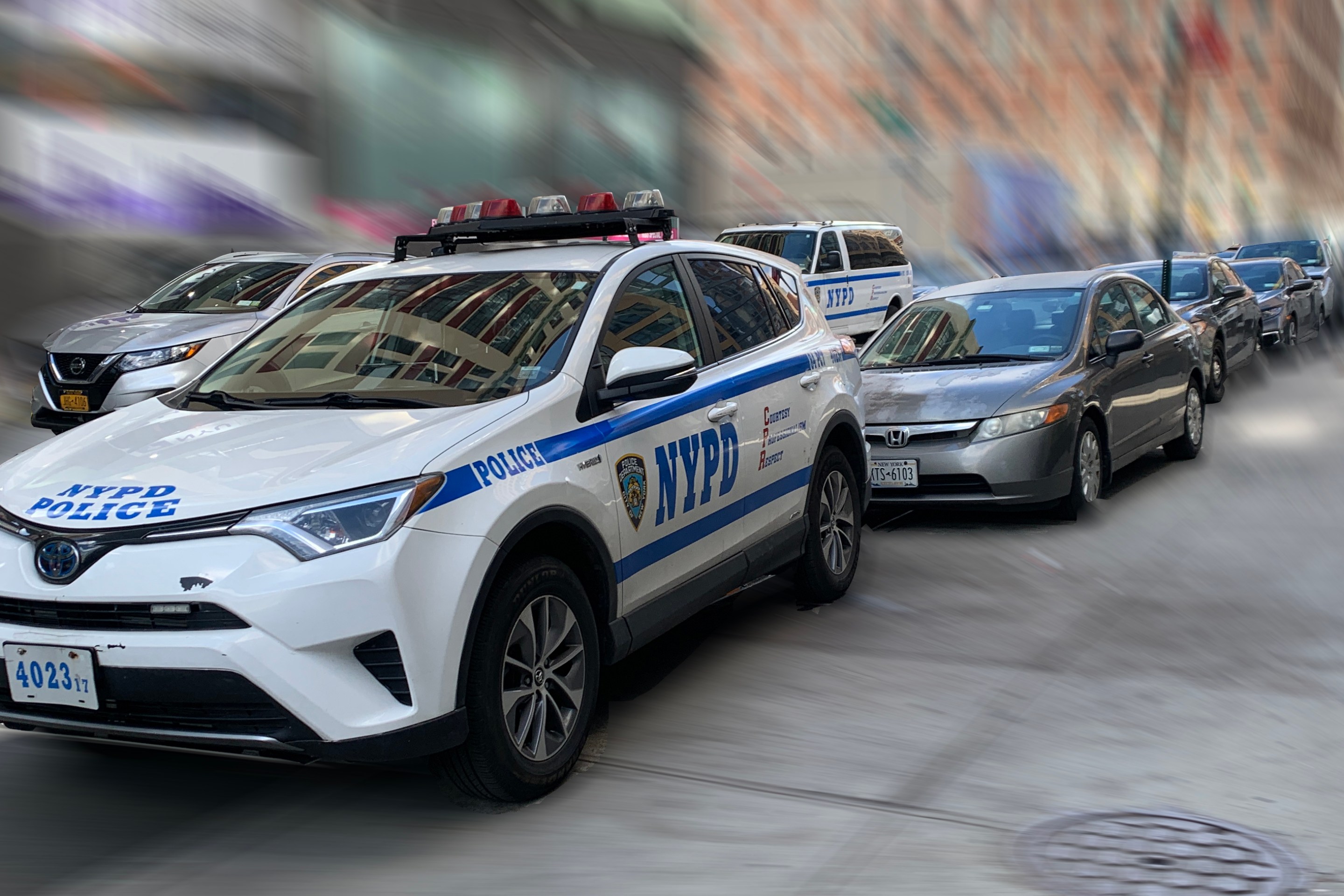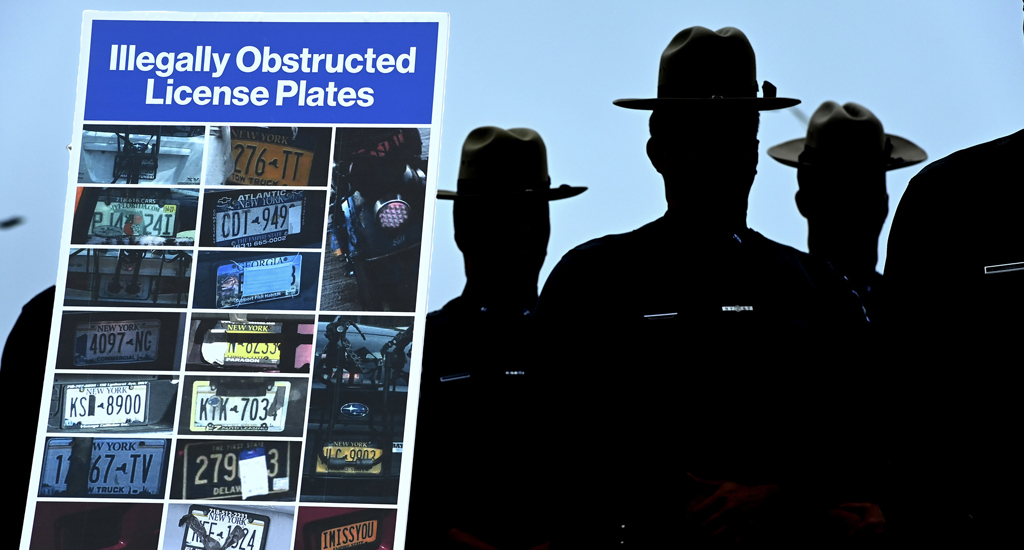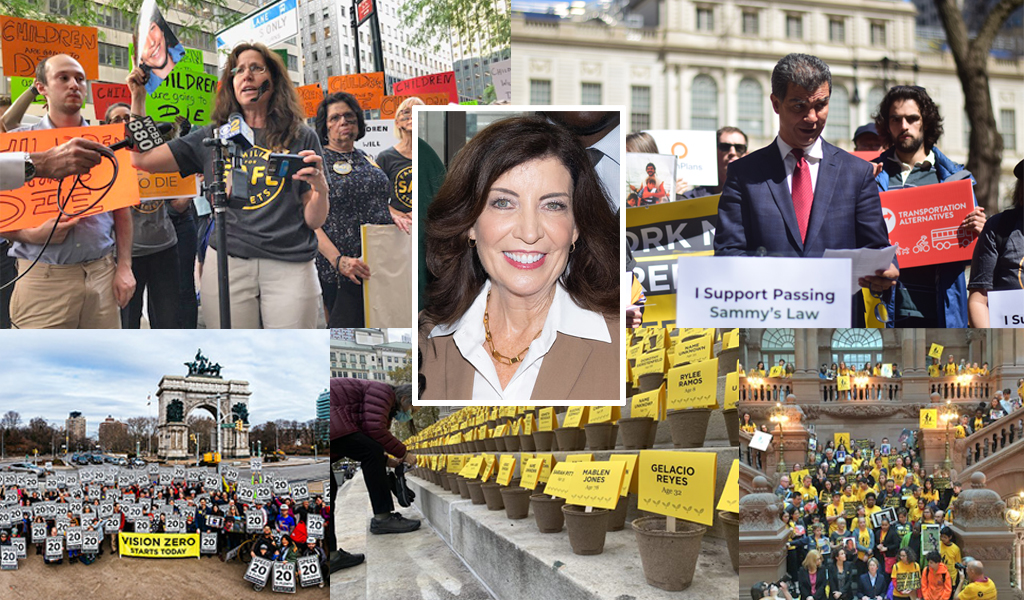Every Traffic Death Should Be Investigated Like the Metro-North Crash
3:18 PM EST on December 2, 2013
The buzzing from the helicopters began before 8 a.m. yesterday and did not stop until after dark. They were back before dawn this morning, and at this writing continue to come and go. I live within sight of Sunday's Metro-North crash, the first incident to result in passenger fatalities in the railroad's 30-year history.

The toll from yesterday's derailment was tremendous and awful: four people dead and 60 injured, 11 of them critically. As helicopters hovered above, an army of reporters converged at the scene. Governor Cuomo arrived well before noon. Teams of federal investigators were summoned. The train's "black box" was recovered. Pictures and video of the wrecked train were streamed by every major news outlet in the city, and were broadcast nationwide. By day's end there were lengthy stories from the dailies, and coverage will no doubt continue at least until the cause of the crash is known.
It's a fitting response to a preventable crash that killed several people. What's troubling is that the far more pervasive source of violence in our transportation system -- crashes involving motor vehicles -- receives such scant attention from investigators and the press in comparison.
Fatal and injurious traffic crashes happen on a scale that dwarfs train wrecks. But police investigations are kept out of view of the public, so for any given crash, there's almost no way to tell what contributed to it and who is culpable. The Metro-North crash scene was preserved for almost an entire day; a fatal car crash is usually cleaned up as soon as possible -- assuming the site is protected at all -- and traffic resumes. Unless drugs or alcohol are involved, police usually call it an accident, blame the victim, and declare "case closed."
Coverage of traffic fatalities tends to reflect the cursory attention from police investigators. While the Times, for example, assigned a cadre of reporters to the Metro-North story, which has stayed above the fold on the paper's web site, it devoted just three paragraphs to the deaths of the three pedestrians and a cyclist who were killed by city motorists in a span of 30 minutes on the day before Thanksgiving.
At 5 p.m. last Wednesday, 54-year-old Pedro Lopez was riding a bike in Maspeth when he was hit by the driver of a commercial truck. The driver fled the scene. At 5:15, Stella Huang, 88, was run over by the driver of a Con Ed truck at 16th Street and Avenue C in Manhattan. About 15 minutes later, a man in a Honda minivan hit and killed Marion Anderson, 47, and Lizette Serrano, 60, as they crossed Forest Hill Road in Staten Island.
An Advance story about Serrano noted that by Friday NYPD had wrapped up its investigation. The driver in the Staten Island crash was cited for failure to provide insurance information but was not charged for killing two people.
Motorists killed at least two other people in the city last week: Buddhi Thapa, struck Tuesday on the Upper East Side by a driver in a Range Rover SUV; and Kalyanarat Ranasinghe, 71, a traffic agent who was hit by a truck driver in Midtown Saturday. In both cases, the driver was immediately cleared of wrongdoing by NYPD.
Ranasinghe's job entailed directing traffic, and his death got a little more attention than most traffic fatalities. Here are two paragraphs from a Times story filed the day of the crash:
A traffic enforcement agent was struck and killed by an industrial street-cleaning truck amid throngs of holiday shoppers in Midtown Manhattan on Saturday in what officials said was most likely an accident.
Police Commissioner Raymond W. Kelly, who arrived on the scene about an hour after Mr. Ranasinghe was hit, said it appeared to have been an accident. “It’s a dangerous job, and they don’t make a lot of money,” he said of traffic enforcement agents.
Media outlets including the Times described the Metro-North crash as an "accident," but they also presumed a precipitating factor -- that something, be it human error or mechanical malfunction, caused the train to derail. By contrast, the response to traffic collisions that do not involve alcohol -- and some that do -- assumes that the "accident" is the cause.
Imagine Governor Cuomo standing amid the wreckage yesterday saying, "It looks like this was just an accident." Or the NTSB closing its investigation within a few hours and declaring the deaths of four people a blameless, freak occurrence. Of course this is absurd, but it is the norm when it comes to deaths and injuries caused by drivers.
It will take some time to determine exactly what caused the Metro-North crash. But there is no doubt that after a thorough investigation, the relevant agencies will tell the public how this deadly derailment unfolded and what could have prevented it. Whether the cause was equipment failure or human error, it is likely that steps will be taken to prevent another incident. Equipment upgrades, revised regulations or protocols, disciplining of employees -- these actions will be expected, as would criminal charges, if warranted.
The number of people injured in the Metro-North crash is a little higher than the number of pedestrians and cyclists injured by motorists in New York City on an average day. Yet the six deaths inflicted by city drivers in the past week will not get the sustained attention of investigators, electeds, or the media. The dailies have already moved on. The governor will not wonder aloud if speed or operator error was a factor in the crashes that took these six lives. NYPD will not face pressure from major media to conduct thorough investigations, and the department will not be expected to release the results of its investigations to the public.
Crashes like the Metro-North derailment are blessedly rare, and they get so much attention in part because they are so unusual. Motor vehicle violence is the much more common -- and graver -- public safety threat, but until traffic crashes receive commensurate concern from investigators, elected officials, and the press, people will continue to be harmed by motorists every day, and the dead and injured will be treated as second-class victims.
Read More:
Stay in touch
Sign up for our free newsletter
More from Streetsblog New York City
Tuesday’s Headlines: Valley of Political Death Edition
Did you see the new poll showing congestion pricing is really unpopular? Ignore it! Good times are coming. Plus other news in today's headlines.
Open Streets Groups Warn of Extra Red Tape to Run Events
Two weeks notice for hopscotch or a yoga class?
Monday’s Headlines: A Federal Case over Parking Edition
We're flicking our bicycle bell over a big scoop last week that no one picked up on...yet. Plus other news.
Hochul, Legislators Reach Toll Evasion Crackdown Deal
Higher fines for covering a plate and for not paying tolls are part of the budget deal inked on Saturday.
Behind the Scenes: How Gov. Hochul Got ‘Sammy’s Law’ Over the Finish Line
Opponents didn't want to put their name on a no vote for the life-saving measure.




